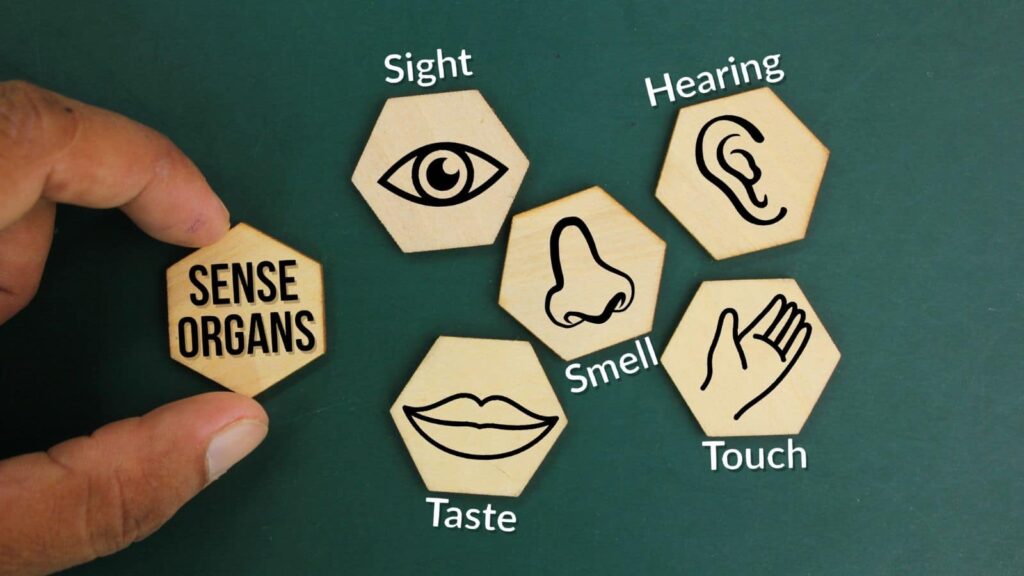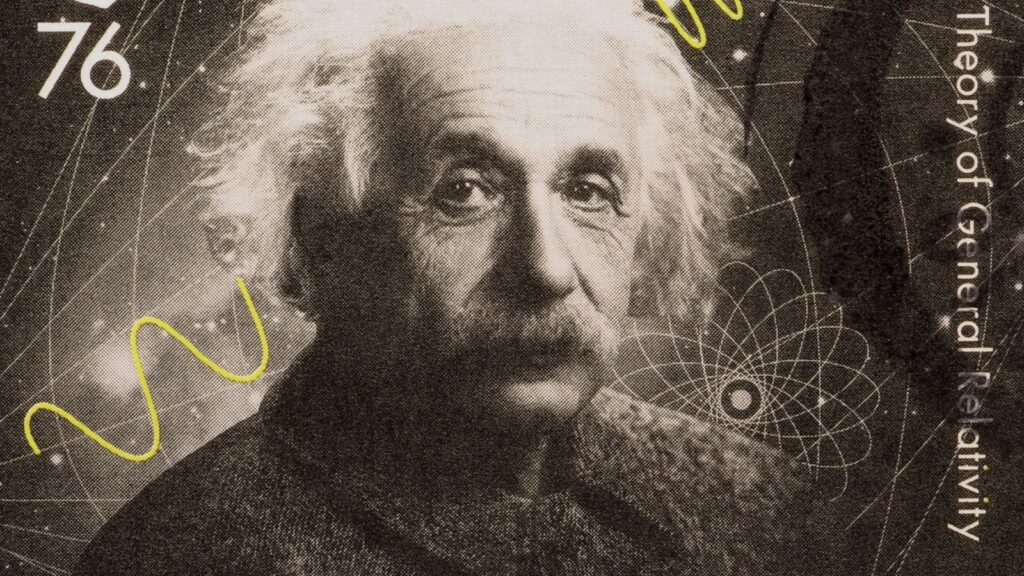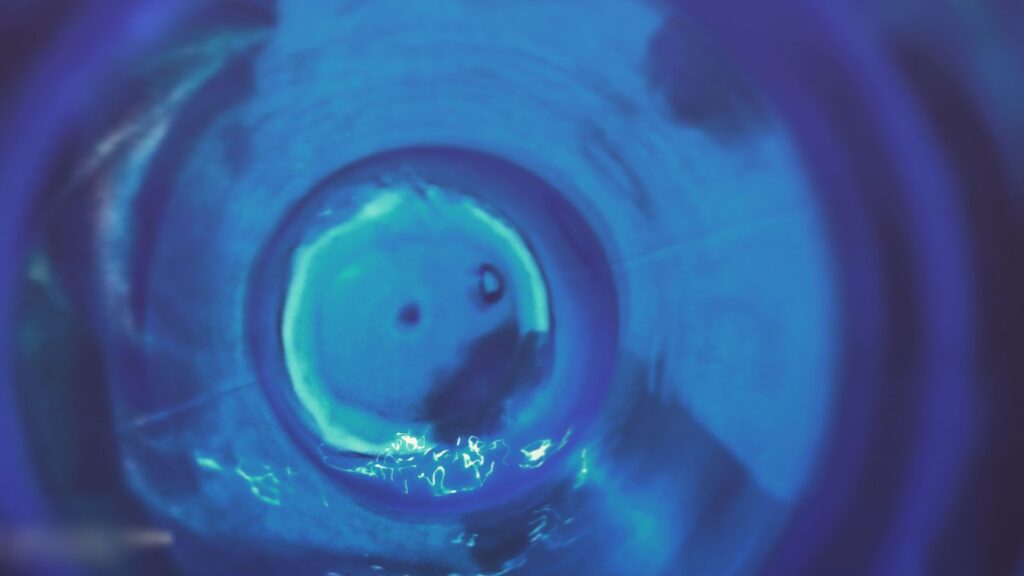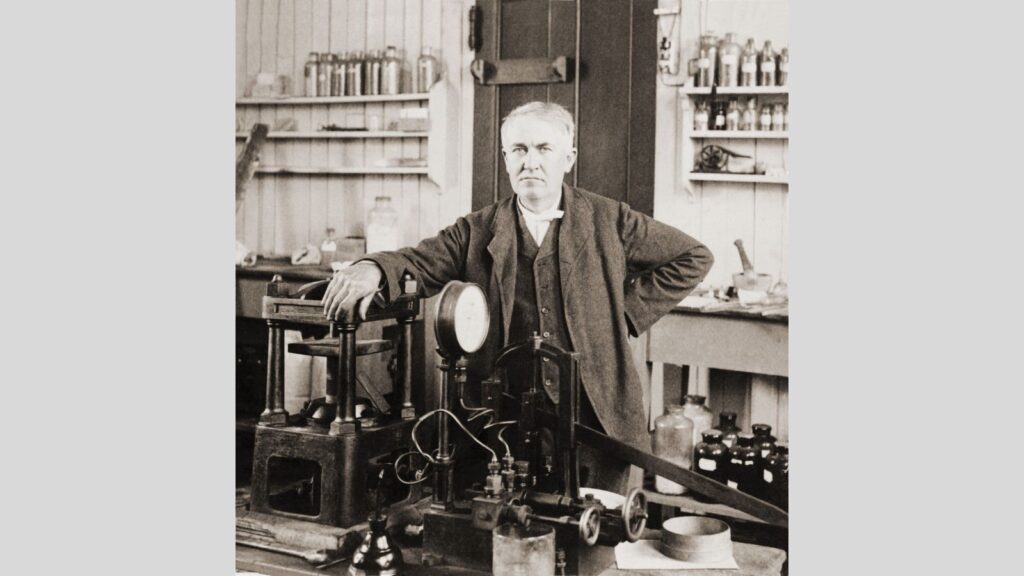Education shapes our knowledge but not everything we learn in school is entirely accurate. Over time, misconceptions and myths can find their way into the curriculum, leading to a widespread belief in false facts.
Columbus Discovered America

One of the most persistent myths taught in schools is that Christopher Columbus discovered America in 1492. In reality, Indigenous peoples had been living on the continent for thousands of years before Columbus arrived. Norse explorer Leif Erikson reached North America around 1000 AD, nearly 500 years before Columbus. The idea that Columbus “discovered” America erases the rich histories and cultures of the Indigenous peoples who had already been living there.
Humans Have Five Senses

We often learn that humans have only five senses: sight, hearing, taste, touch, and smell. However, scientists recognize at least nine senses, including balance (vestibular system), temperature (thermoception), pain (nociception), and body position (proprioception). These senses play a role in how we interact with and perceive the world around us, and should be included in science lessons.
Chameleons Change Color for Camouflage

A common misconception is that chameleons change color solely to blend into their surroundings for camouflage. In fact, chameleons primarily change color to regulate their body temperature and communicate with other chameleons. Color changes can indicate mood, aggression, or readiness to mate. Camouflage is just one of several reasons for their color-changing ability.
Bats Are Blind

The saying “blind as a bat” is misleading. Bats are not blind; they have functional eyes and can see quite well. Many species of bats have excellent night vision, adapted for low-light conditions. Bats also use echolocation to navigate and find food in the dark, which complements their eyesight and makes them effective nocturnal hunters.
Different Parts of the Tongue Detect Different Tastes

You might have learned that different parts of the tongue are responsible for tasting sweet, sour, salty, and bitter flavors. This “tongue map” has been debunked; all taste buds can detect all flavors, though some areas may be more sensitive to certain tastes. Modern science shows that taste receptors are distributed across the tongue, and the traditional tongue map oversimplifies taste perception.
Newton Discovered Gravity When an Apple Fell on His Head

The story of Isaac Newton discovering gravity when an apple fell on his head is more legend than fact. While Newton did develop his theory of gravity after observing an apple fall, the process involved years of study and mathematical calculation. The apple anecdote simplifies and dramatizes Newton’s scientific achievements, which were based on careful observation and experimentation.
Albert Einstein Failed Mathematics

A widely believed myth is that Albert Einstein struggled with math in school. In truth, Einstein excelled in mathematics from a young age and had mastered calculus by the age of 15. This myth likely stems from a misunderstanding of his academic records and a change in the grading system at the school he attended.
Vikings Wore Horned Helmets

The iconic image of Vikings wearing horned helmets is a fabrication. There is no historical evidence to support this idea, which likely originated from 19th-century theatrical productions and romanticized depictions of Norse warriors. Actual Viking helmets were practical and lacked horns, which would have been a hindrance in battle.
The Great Wall of China Is Visible from Space

Another common myth is that the Great Wall of China is the only human-made structure visible from space. The wall is not easily visible to the naked eye from low Earth orbit and other human-made structures, such as cities at night and large infrastructure projects, are more visible than the Great Wall.
Water Conducts Electricity

It’s commonly taught that water conducts electricity but it’s actually the impurities in water, such as minerals and salts, that conduct electricity. Pure water is a poor conductor. This distinction is important for understanding electrical safety and the science behind conductivity.
We Only Use 10% of Our Brains

The idea that humans only use 10% of their brains is a myth. Modern brain imaging technology shows that we use all parts of our brain, and even simple tasks require multiple areas to be active. This misconception likely arose from misinterpreted neurological research and has been perpetuated by popular culture.
The Sahara Is the Largest Desert in the World

Students often learn that the Sahara Desert is the largest desert in the world but the largest desert is actually Antarctica. It is classified as a desert due to its low precipitation levels. Deserts are defined by their dryness, not by temperature, making Antarctica the largest by area.
Diamonds Are Formed from Coal

The belief that diamonds are formed from coal is widespread but incorrect. Most diamonds are formed in the Earth’s mantle under high-pressure and high-temperature conditions, from carbon sources that are not coal. This process takes millions of years and occurs far deeper within the Earth than where coal is found.
The Brontosaurus Never Existed

For many years, the Brontosaurus was thought to be a misclassification of another dinosaur, the Apatosaurus. Recent research has reinstated the Brontosaurus as a distinct genus, showing the difficulties faced by paleontologists in trying to classify dinosaurs.
Napoleon Was Short

Napoleon Bonaparte is famously thought to have been very short, but he was actually of average height for his time, standing around 5'6″ to 5'7″. The myth may have been a result of British propaganda or confusion between French and British units of measurement.
Goldfish Have a Three-Second Memory

The myth that goldfish have a three-second memory is incorrect. Research has shown that goldfish can remember information for months and can be trained to perform tasks. They have a higher level of cognitive function than previously believed and highlights evolving science around animal intelligence.
Thomas Edison Invented the Light Bulb

Thomas Edison is often credited with inventing the light bulb, but he actually improved upon existing designs to create a more practical and long-lasting bulb. The true inventors of the light bulb include Humphry Davy, who created an early electric light, and Joseph Swan, who developed a workable bulb before Edison.
Marie Curie's Work Killed Her

It is commonly believed that Marie Curie’s death was directly caused by her work with radioactive materials. While her exposure to radiation likely contributed to her illness, she died of aplastic anemia, a condition not conclusively linked to her research. Curie’s groundbreaking work laid the foundation for modern radiology and nuclear medicine, despite the risks involved.
30 Traditional Sayings That Are Now Considered Offensive by Woke Culture

30 Traditional Sayings That Are Now Considered Offensive by Woke Culture
21 Habits Often Associated With Having a Lower Social Status

21 Habits Often Associated With Having a Lower Social Status
25 Social Issues Gen Z are Determined to Cancel

